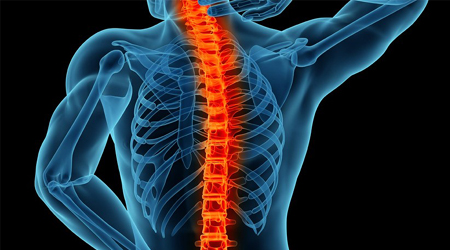Endoscopic Spine Surgery

Endoscopic spine surgery is a minimally invasive spine surgery that uses specialised video cameras and instruments to remove the herniated disc through very small incisions. The approach is created through the rear, chest or abdomen, to realize access to the spine to perform the surgery. This spin surgery primarily required going to disc related issues, fractures and other infections. Ortho complex surgery Endoscopic spine surgery is a preferred option as, like many other laparoscopic surgery, it has huge advantages of faster recovery, lesser blood loss, shorter hospital stay that’s resulting much faster normal routine.
Endoscopic spine surgery is used to treat a variety of spinal disorders and conditions, including:
- Degenerative disc disease
- Herniated discs
- Sciatica
- Scoliosis or other spinal deformities
- Spinal fractures
- Spinal infections
- Spinal tumours
Benefits of Endoscopic Spine Surgery
Traditional open surgery usually needs a bigger incision, muscle remotion, longer hospitalization and inflatedrecovery time. The advantages of endoscopic procedures when compared to the traditional procedures include the following:
- Small incision and minimal scar tissue formation
- Less blood loss
- Less damage to the surrounding tissues
- Faster recovery
- Quick return to normal activities
- Decreased hospital stay
- Less post-operative pain
- Reduced risk of infection
- Improved function
Risks and Complications of Endoscopic Spine Surgery
Like any type of surgery, there are certain risks associated with endoscopic spine surgery, such as:
- Reaction to anaesthesia
- Blood clots
- Blood loss
- Infections
- Nerve injury
- Need for additional surgeries
- Pain
- Instruments can break, dislodge or irritate the soft tissues